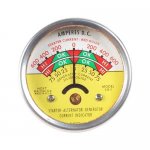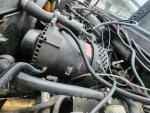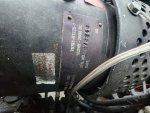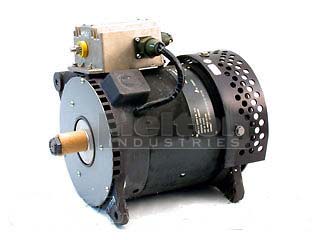williamh
Well-known member
- 510
- 701
- 93
- Location
- SanDiego Ca.
I think before everyone goes off the deep end on this guys poor truck , I’m sure you got a bleeder just killing 1 battery. Without disconnecting any of the battery’s I think you need a current sensing meter to see if there’s a drain. They come in different styles but something like this 
hopefully with a lower amp reading to check the wires that are connected to the battery to find the draw. They make clamp on meters that read dc amperage at harbor freight. There isn’t too much other than the transmission or the alternator / regulator that’s always going to be pulling off the battery’s. The meter will help you identify the wire and the tag will tell you where it goes.

hopefully with a lower amp reading to check the wires that are connected to the battery to find the draw. They make clamp on meters that read dc amperage at harbor freight. There isn’t too much other than the transmission or the alternator / regulator that’s always going to be pulling off the battery’s. The meter will help you identify the wire and the tag will tell you where it goes.








